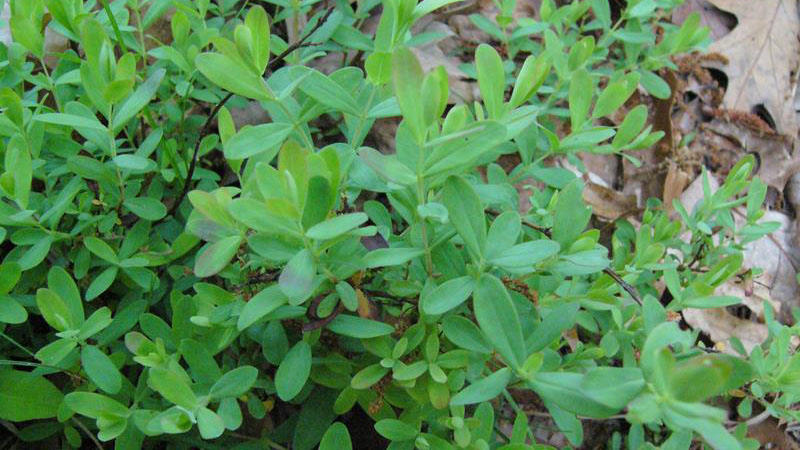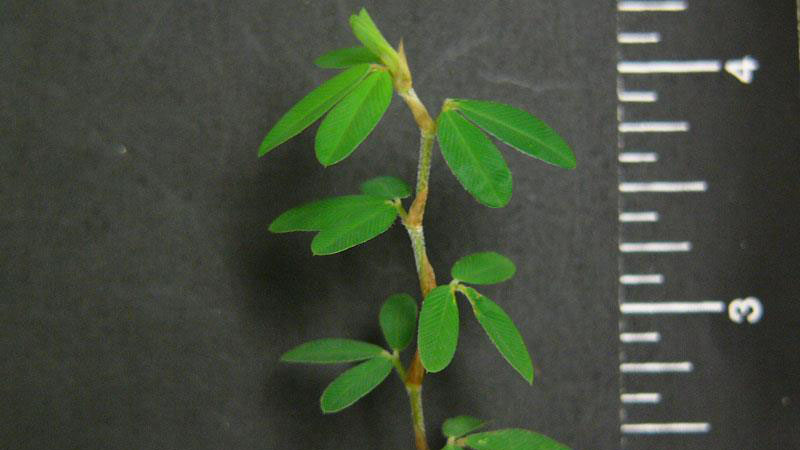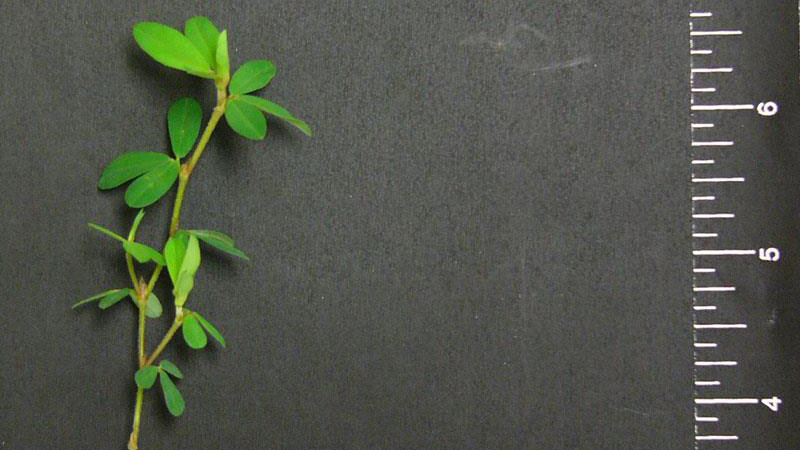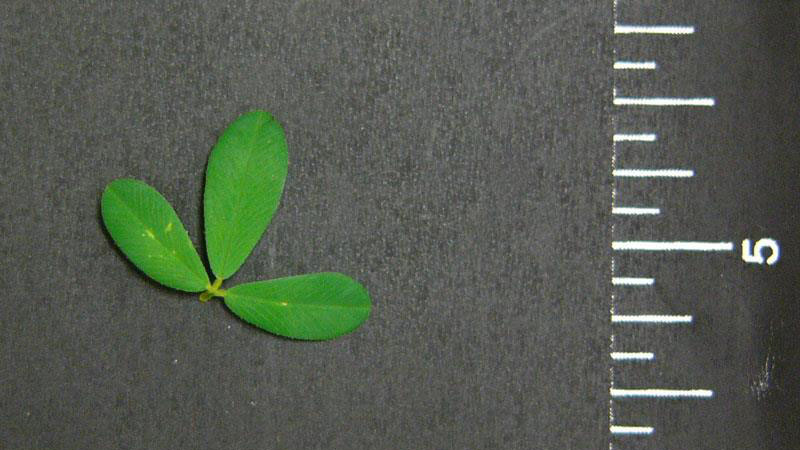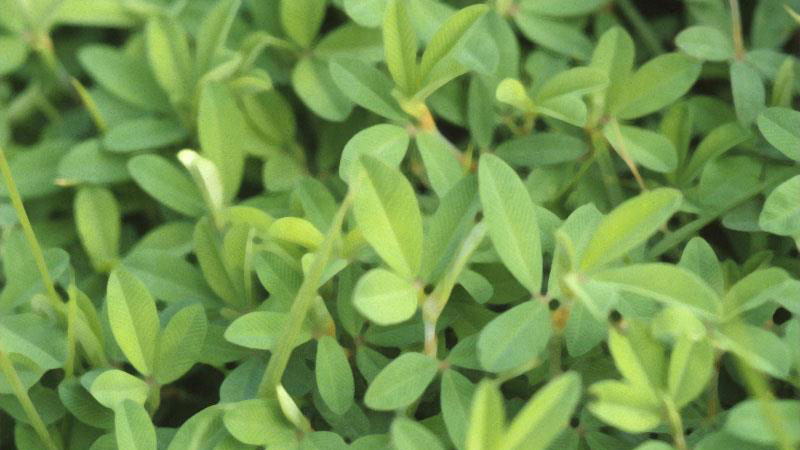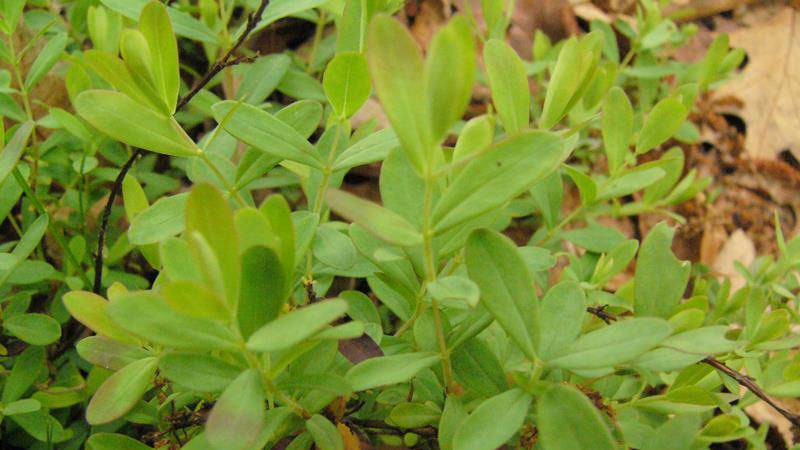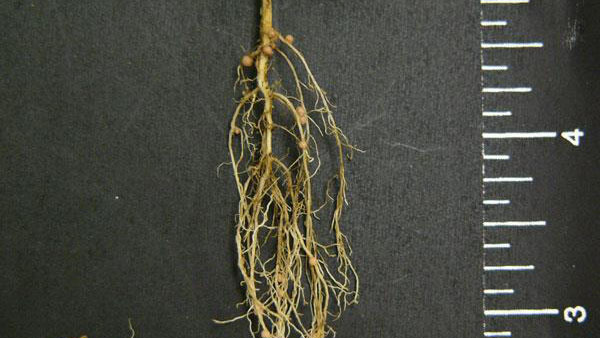Common Lespedeza
en Español / em Português
El inglés es el idioma de control de esta página. En la medida en que haya algún conflicto entre la traducción al inglés y la traducción, el inglés prevalece.
Al hacer clic en el enlace de traducción se activa un servicio de traducción gratuito para convertir la página al español. Al igual que con cualquier traducción por Internet, la conversión no es sensible al contexto y puede que no traduzca el texto en su significado original. NC State Extension no garantiza la exactitud del texto traducido. Por favor, tenga en cuenta que algunas aplicaciones y/o servicios pueden no funcionar como se espera cuando se traducen.
Português
Inglês é o idioma de controle desta página. Na medida que haja algum conflito entre o texto original em Inglês e a tradução, o Inglês prevalece.
Ao clicar no link de tradução, um serviço gratuito de tradução será ativado para converter a página para o Português. Como em qualquer tradução pela internet, a conversão não é sensivel ao contexto e pode não ocorrer a tradução para o significado orginal. O serviço de Extensão da Carolina do Norte (NC State Extension) não garante a exatidão do texto traduzido. Por favor, observe que algumas funções ou serviços podem não funcionar como esperado após a tradução.
English
English is the controlling language of this page. To the extent there is any conflict between the English text and the translation, English controls.
Clicking on the translation link activates a free translation service to convert the page to Spanish. As with any Internet translation, the conversion is not context-sensitive and may not translate the text to its original meaning. NC State Extension does not guarantee the accuracy of the translated text. Please note that some applications and/or services may not function as expected when translated.
Collapse ▲Description
Lespedeza (Kummerowia striata, syn. Lespedeza striata) is a dark green, wiry summer annual with trifoliate leaves. Several wide-spreading prostrate branches come from the slender taproot. It grows close to the ground and seldom is cut by a mower. It is a very common summer weed, choking out thin turf. Hairs grow downward on the stem. Leaves are composed of three leaflets. Stipules are light to reddish brown. Small single flowers arise from the leaf axils on most of the nodes of the main stems and are pink or purple.
Cultural Control
Maintain a dense, actively growing turf through proper mowing, fertilizing, and watering practices. Mow at the proper height for your selected adapted turfgrass. Coring and traffic control reduce compaction and encourage desirable turfgrass competition. It is best to control this summer annual broadleaf weed in late spring or early summer because it is easier to control at this time and the turf will have a greater chance of recovering the areas previously occupied by weeds.
Species Data
- GROWTH SEASON / LIFE CYCLE
- summer annual weed
- GROWTH HABIT
- LEAFLET NUMBER
- LEAF MARGIN
- smooth
- LEAF HAIRS
- may be some along the midveins and margins only
- LEAF / LEAFLET SHAPE
- LEAF WIDTH
- <1/2 inch to 1 inch
- LEAF VENATION
- pinnate; prominent midvein on each leaflet, many parallel veins almost perpendicular to the midvein
- LEAF ARRANGEMENT
- alternate
- ROOT TYPE
- FLOWER COLOR
- flowers can range from pink to purple




